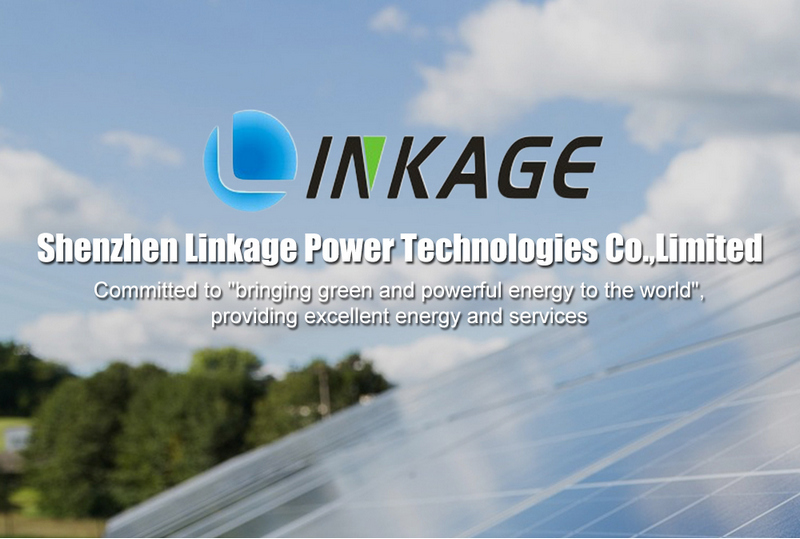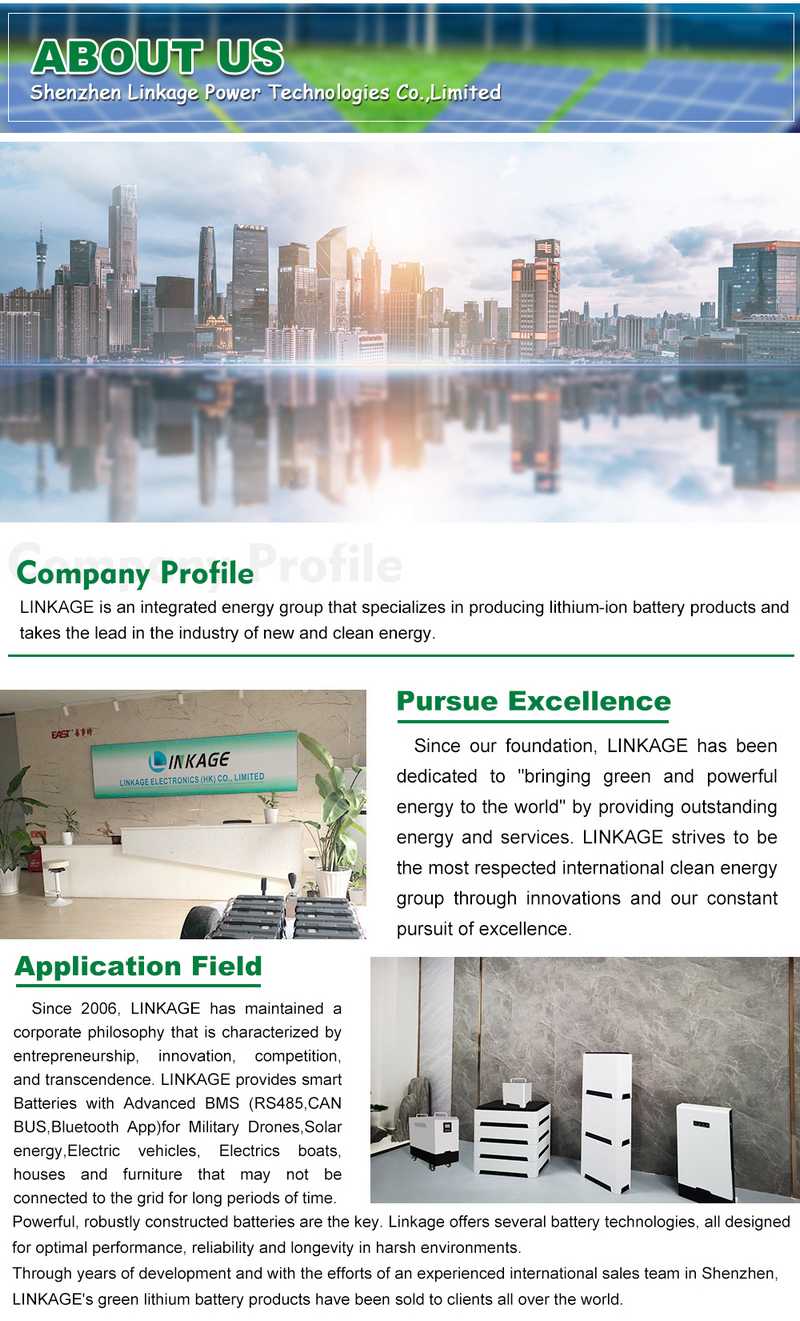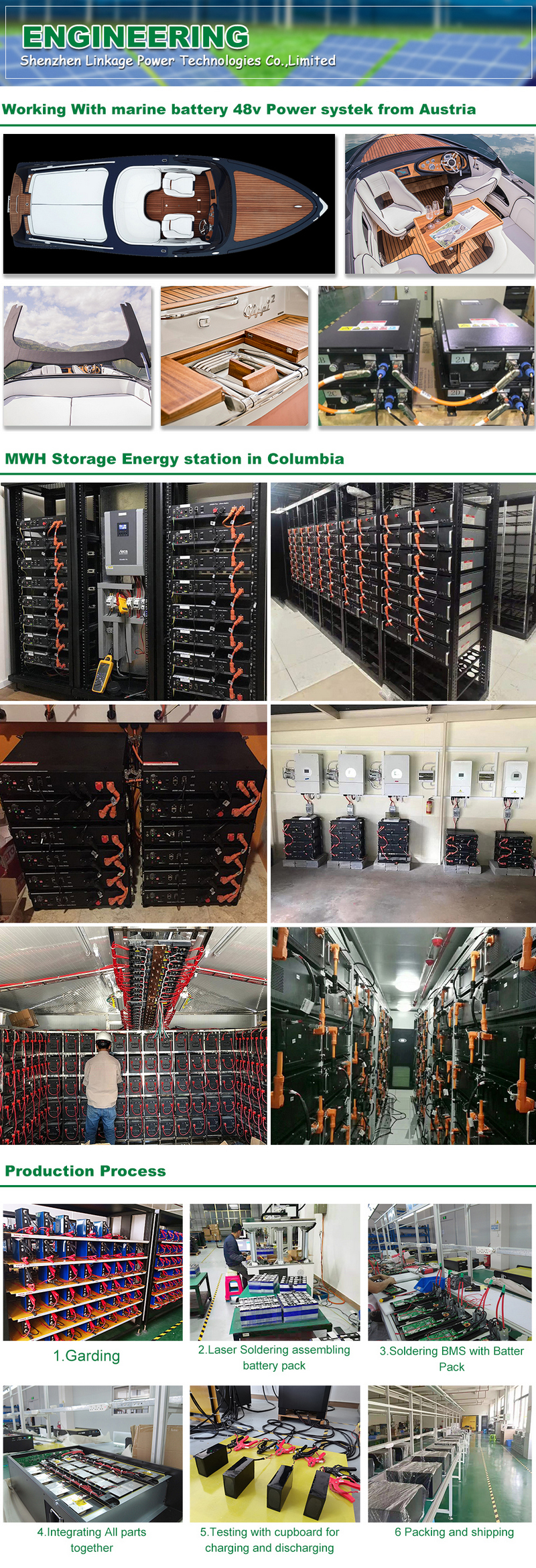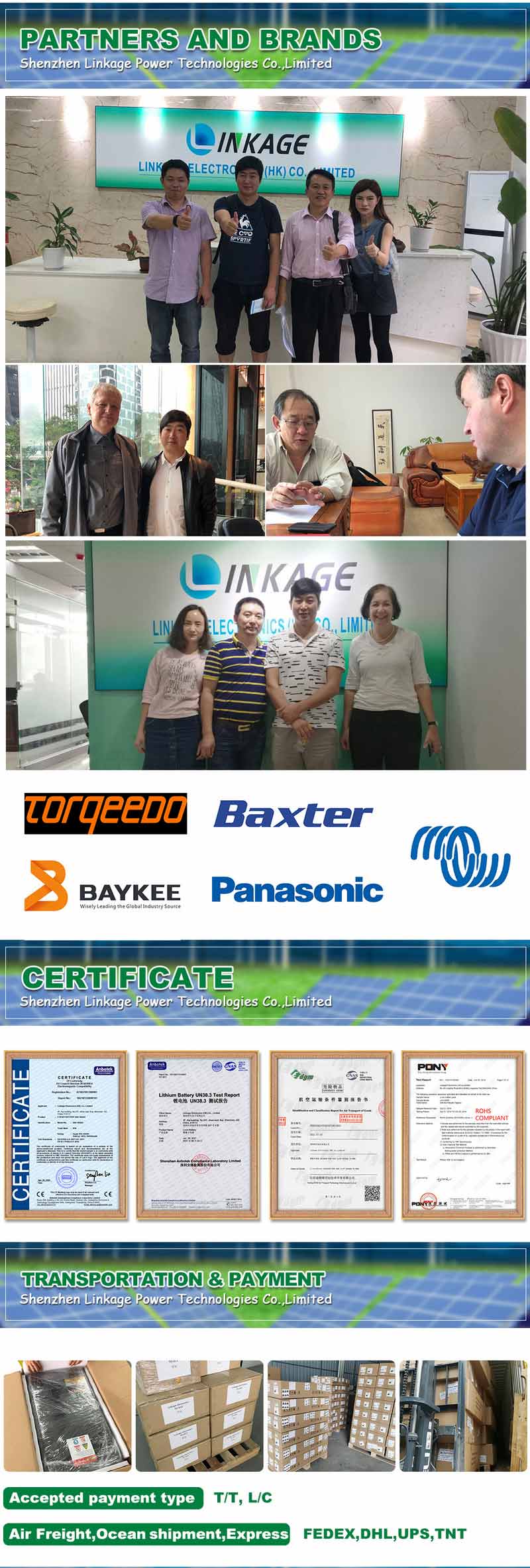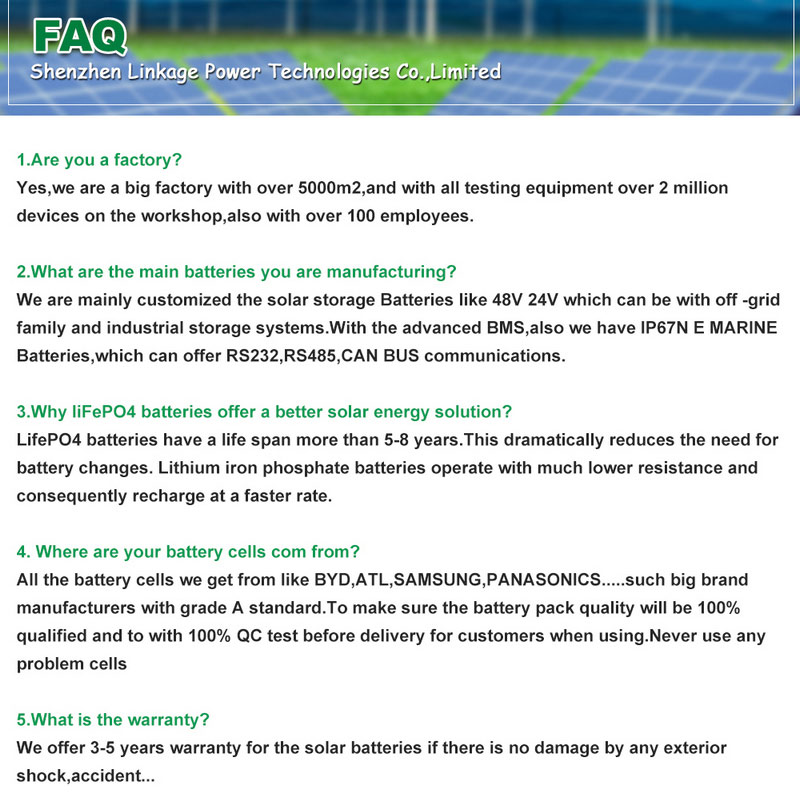

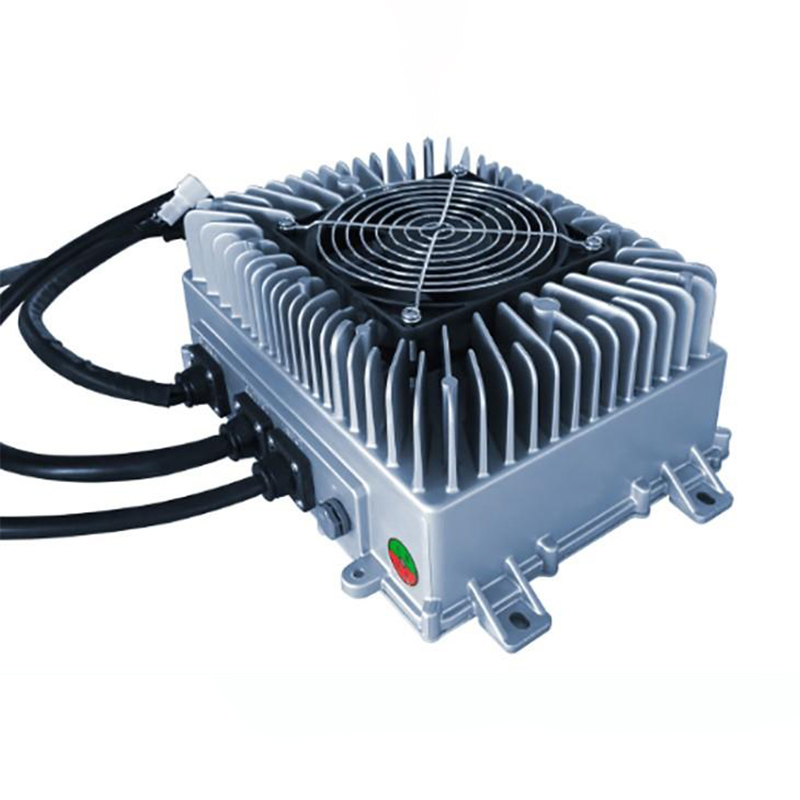

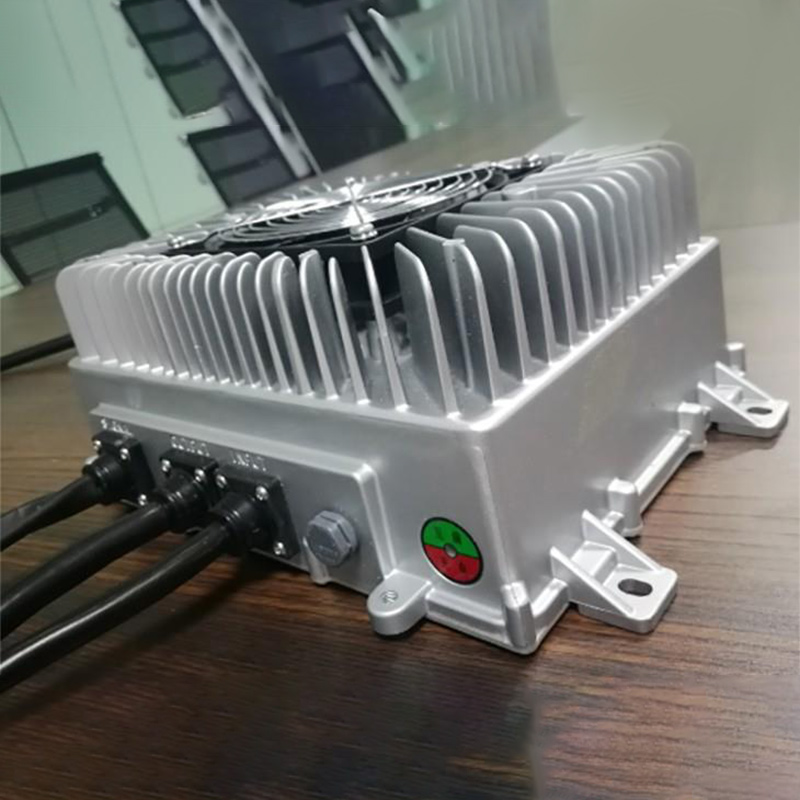
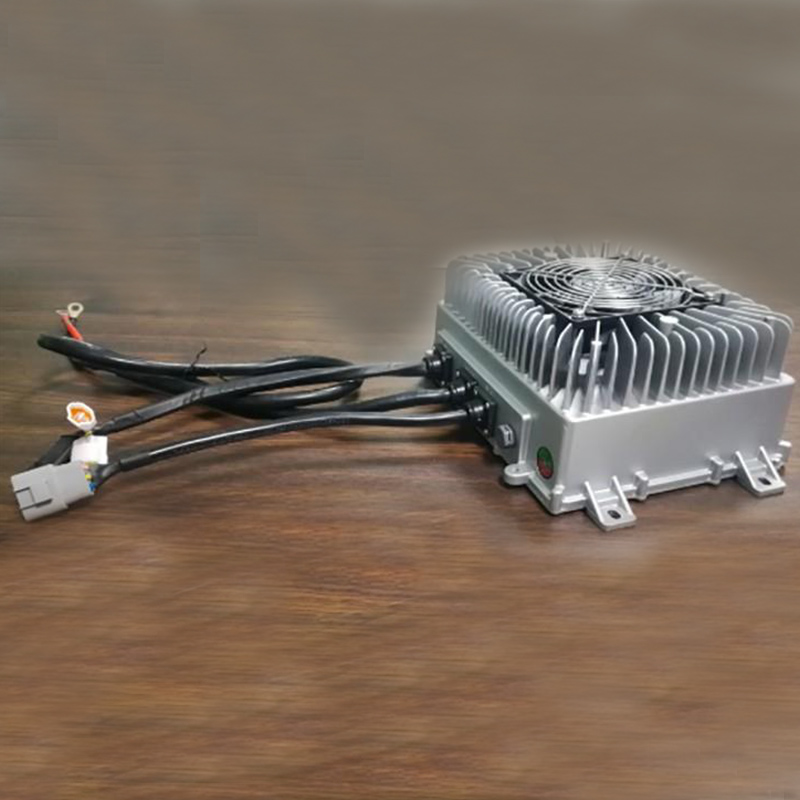
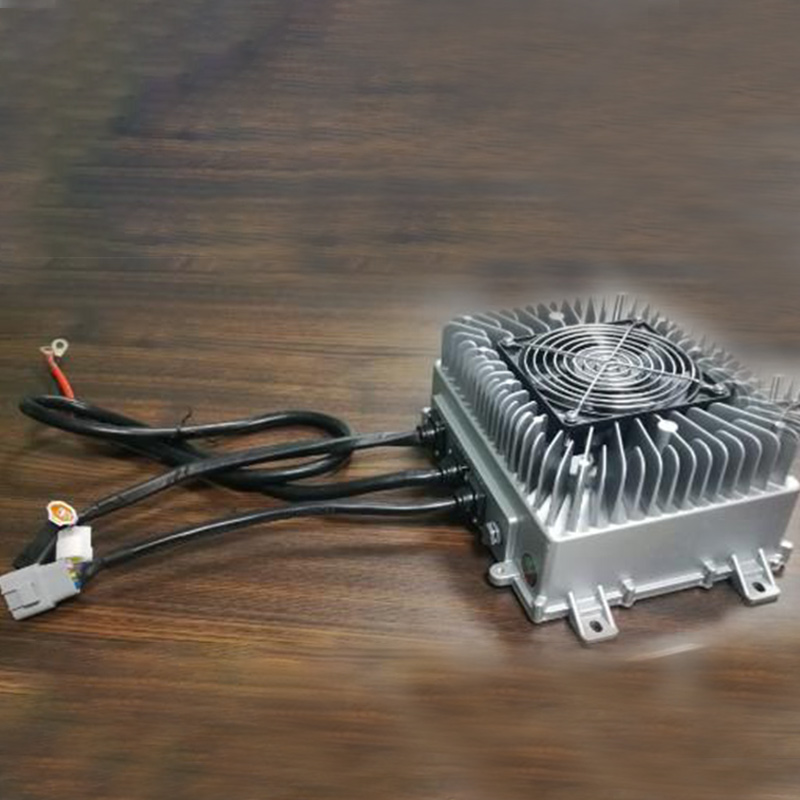
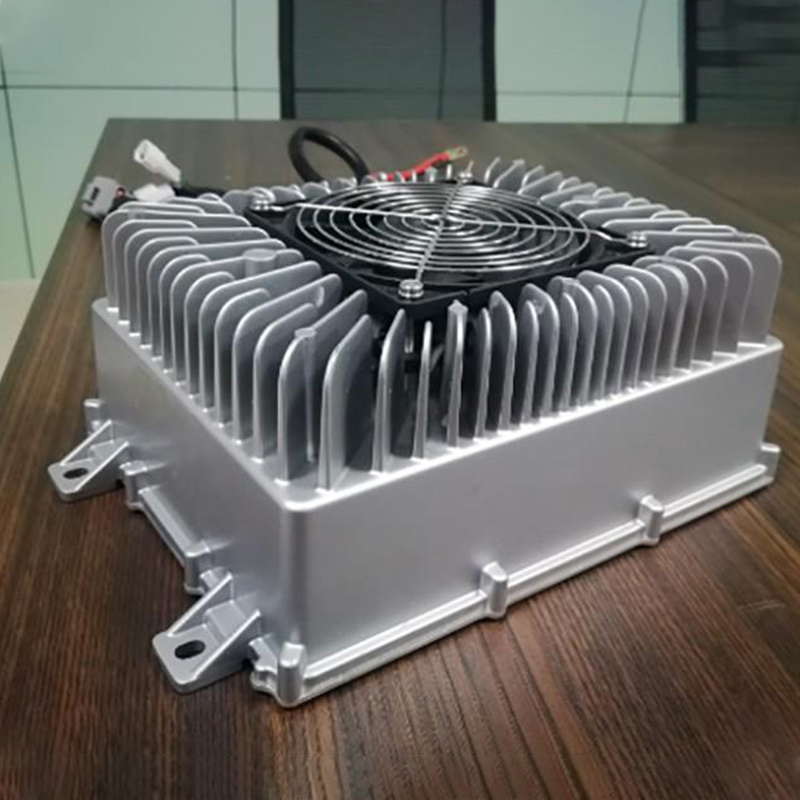
Up to 2000W 24v 30a 36v 20a 48v 15a 60v 12a 72v 10a 20a lithium ion lipo battery charger for citycoco motorcycle AGC AGV scooter car vehicle FAQ: Lithium/Lipo battery charger Lifepo4 battery charger Lead acid battery charger Nimh/Nicd battery charger Q2. What is the warranty of your products?
1、Product overview LKG Series 3.3KW Charger is designed by LINKAGE to supplement electric energy for electric vehicle power battery according to the national standard of charger. This product not only has the advantages of high efficiency, small size, high stability and long service life, but also has the characteristics of IP67 protection grade, safe operation, high reliability and complete protection function under short-term immersion condition. It is an ideal power supply for charging electric vehicles. The charger has built-in thermal induction device, which can work reliably at – 35 -+85 (?) C. It has the function of overheating protection and can work reliably at – 35 (?) -+85 (?) C, and can recover automatically. It ensures that it works in any complex environment without causing failure.
As the name suggests, the on-board charger is a machine installed on the car for charging. It is essentially a power electronic conversion device that draws energy from the AC grid, converts the electrical energy, and charges it into the electric vehicle power battery pack to achieve safety. , Fast and convenient vehicle charging function. According to the different charging power, electric vehicle charging methods can be divided into two categories: AC slow charging and DC fast charging. The charging power of AC slow charging is generally less than 22kW. The charger is generally installed on the car. The vehicle charging input interface voltage is AC voltage. ; The charging power of DC fast charging is generally greater than 100kW. Due to the size and weight, the charger adopts a non-vehicle form and is generally installed in a DC charging station. The vehicle charging input interface voltage is a DC voltage. Obviously, our on-board charger belongs to the category of AC slow charging technology.
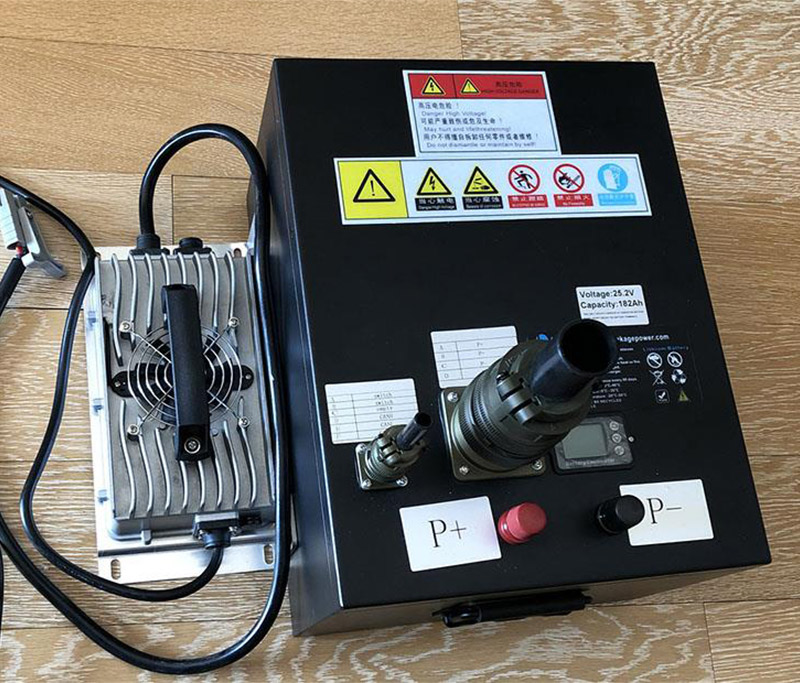
Let me introduce the composition of the on-board charger. The on-board charger is generally a two-stage circuit, the front stage is the PFC (Power Factor Correction) stage, that is, the power factor correction link, which realizes that the AC voltage of the power grid becomes DC voltage, and ensures that the input AC current and the input AC voltage are in the same phase. According to the actual design For different power requirements, multi-stage Boost circuits can be used in parallel for expansion; the latter stage is a DC/DC stage, which realizes that the output DC voltage of the PFC stage becomes the required charging voltage, realizes the constant current/constant voltage charging function, and guarantees the AC high voltage side In the same way as the electrical insulation of the DC high voltage side, according to the actual design power requirements, multi-level DC/DC circuits can be used in parallel to expand the capacity. In addition, the more common DC/DC-level circuit topologies include phase-shifted full-bridge and LLC. Since the secondary-side rectifier diode of LLC topology can achieve zero-current turn-off, its efficiency is slightly higher than that of phase-shifted full-bridge. More and more widely used.
Seeing this, you may have to spit out the editor, what a simple thing, tell me this is a secret, are you kidding with me? Um~~~, don’t worry, although the principle of the charger looks simple, but putting it on the car, as a kind of automotive power electronic parts, troubles will follow one after another: first, we must ensure the on-board charger To meet the requirements of reliability and stability during the life cycle of the entire vehicle, um, quality is the most important; second, to ensure that the on-board charger meets the safety requirements of the entire vehicle, oh, safety is the most important; third, to ensure that the on-board charger meets the entire vehicle’s safety requirements Cost requirements, ah, price is the most important; fourth, to ensure that the on-board charger meets the requirements of vehicle function expansion, yo, the function is the most important; fifth, it must not only meet the interface and integration of the entire vehicle, but also ensure a beautiful appearance, uh , The appearance is the most important.
Seeing this, you can find that it is still difficult to make on-board charger products. It not only requires an in-depth understanding of power electronic products, but also on-board component design and manufacturing experience, as well as strong process management/batch production control capabilities. Speaking of this, one supplier of on-board chargers I have to mention is United Automotive Electronics Co., Ltd., or United Electronics for short. The high-energy early warning ahead, the massive amount of information is coming, and the officials are full of energy. The editor broke the news of Wolian. The United Electronic Power Drive Division focuses on the research and development and production of on-board power electronic components. On-board chargers are an important part of its business. There are two products in the United Electronics car charger series: SA OBC (standalone onboard charger) and CharCon (charger+converter). SA OBC is an independent car charger, while CharCon is a conversion between car charger and car high/low voltage.
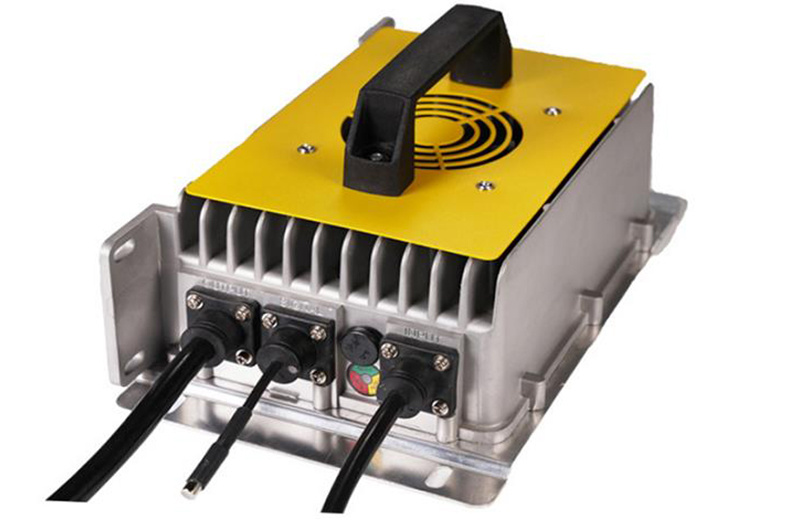
The linkage charger product has five major advantages. First, the 100% usage rate of vehicle-specific components, wide coverage and sufficient product design verification, Aspice process management applications and strong batch production capabilities ensure the quality of our products; second , ASIL B/ ASIL C functional safety level, three-layer software monitoring strategy and special power management mechanism, ensure the safety level of our products and meet the functional safety requirements of the entire vehicle; third, system-level cost reduction scheme, core device multi-platform Reuse and large-scale automated production ensure the low cost of our products and bring price advantages to the entire vehicle; fourth, support the AutoSAR software architecture, meet national standards and regulatory requirements, and enrich the functions of our products; fifth, modularity The mechanical structure design and the three-dimensional vertical heat dissipation structure ensure that our products are compact in structure and light in weight, which enhances the appearance of our products. Let us unite electronic car chargers not only have connotation, but also be more stylish. For OEMs, United Electronic Vehicle Charger can provide a perfect on-board charging solution. For electric vehicle users, United Electronic Vehicle Charger can provide a comfortable on-board charging experience.
When it comes to technology, the editor can’t stop, and then I will talk to you about the future of car charging technology. The development of on-board charging technology is changing with each passing day, and it is easy to be bumped if it does not keep up with the trend of the times. In order to clarify this trend, we must first trace the root cause. Let’s take a look at the current problems of electric vehicles.
Because the energy density of power batteries is far less than that of chemical fuels such as gasoline, the driving range of electric vehicles is short, causing users’ mileage anxiety. In order to solve this problem, the most direct way for OEMs is to increase the capacity of the power battery pack. At present, it seems that for pure electric vehicles with a driving range of more than 400km, the power battery capacity is about 60 to 80 kWh. It usually takes about 8 hours to replenish electric energy for electric vehicles by slow charging. Obviously, the traditional 3.3kW and 6.6kW on-board chargers can no longer meet the current charging needs of pure electric vehicles, so the on-board charger will inevitably carry out power in the future. Expansion.
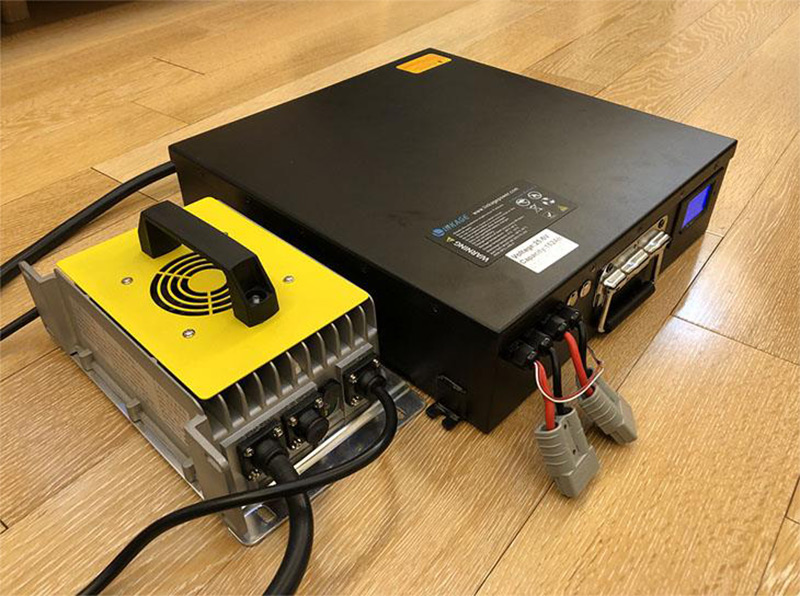
The direct competitor of electric vehicles is petrol vehicles. However, the cost price of electric vehicles is much higher than that of petrol vehicles. When national and local policy subsidies are gradually reduced, the issue of cost and price will be a pain point for the popularization and application of electric vehicles. Therefore, the whole vehicle Cost reduction is the top priority of OEMs. From the perspective of on-board power electronic components, the problem of cost reduction is that the functional integration scheme is an important means and a general trend. To give you an example, the CharCon mentioned above is a typical function integration. This solution integrates the on-board charger with the on-board high/low voltage converter, which can save the entire vehicle wiring harness, electrical connectors, and reuse water-cooled plates and other mechanical structures and core components, and ultimately reduce the cost of the entire vehicle.
As we all know, autonomous driving and smart cars are the hottest in the current automotive field. This also indicates the future development direction of the automotive industry. For the charging process of electric vehicles, they are all automatically driven and intelligent, and they must no longer be artificially Plug- in. On the other hand, as a means of transportation, people have higher and higher requirements for convenience. The simpler and more convenient it is to use, the better. Obviously, the Plug-in process violates people’s demands for convenience. Therefore, wireless charging technology without human operation is the future development trend. When it comes to the black technology of wireless charging, the editor has been unable to restrain my inner excitement, and I will introduce you to the composition of wireless charging. The wireless charging system is actually similar to the traditional conductive charging system, except that the primary and secondary sides of the traditional transformer are separated into two independent magnetic energy coils, a topology compensation circuit is additionally added, and a resonance control method is adopted. The biggest difference between the wireless charging system and the conductive charging system is that the wireless charging system is divided into vehicle-mounted and off-vehicle terminals, and the energy transmission between the two uses the alternating magnetic field coupling between the two magnetic energy coils, instead of conductive charging. The wire used realizes the wireless charging function.
Q1: Are you a factory?
A1: Yes, we are the original factory, specializing in reliable and safe lithium batteries and chargers.
Q2: Can I place a sample order?
A2: Yes, we accept sample order to test and check the quality.
Q3: Do you have MOQ?
A3: No limited, but the more you order, the better price you will get.
Q4: What is your delivery date?
A4: Usually 2 weeks after payment confirmed subject to exact order quantity.
Q5: Which shipping method you usually take?
A5: Generally, small volume via express or air. Bulk order quantity via sea.
Q6: What kind of packing you provide?
A6: Each charger packaged in standard export carton and quantity of cartons on pallelt for bulk order to ship by sea.
We sincerely look forward to establishing long term cooperation relationship with you !
Please do not hesitate to contact us at any time !
